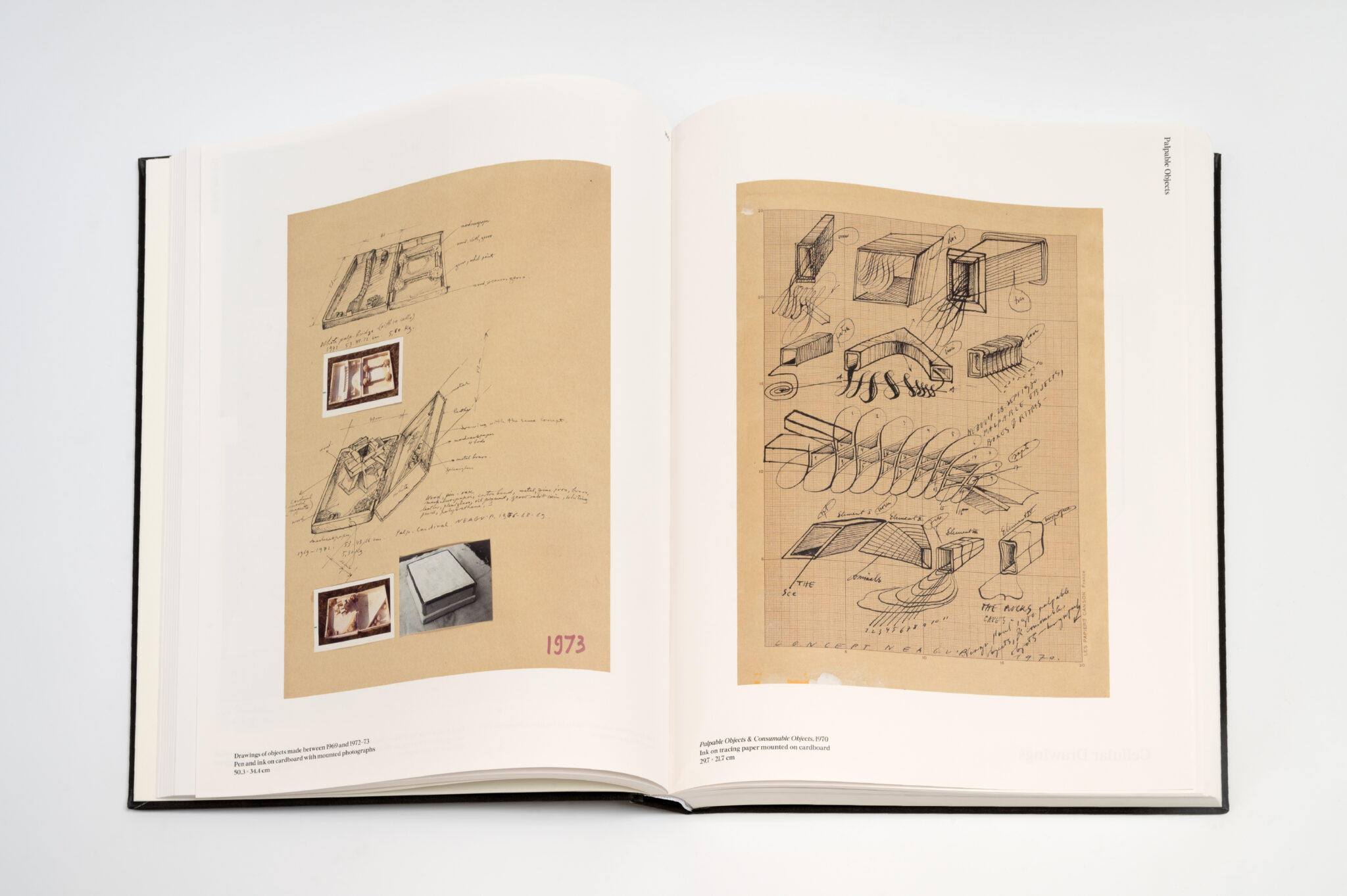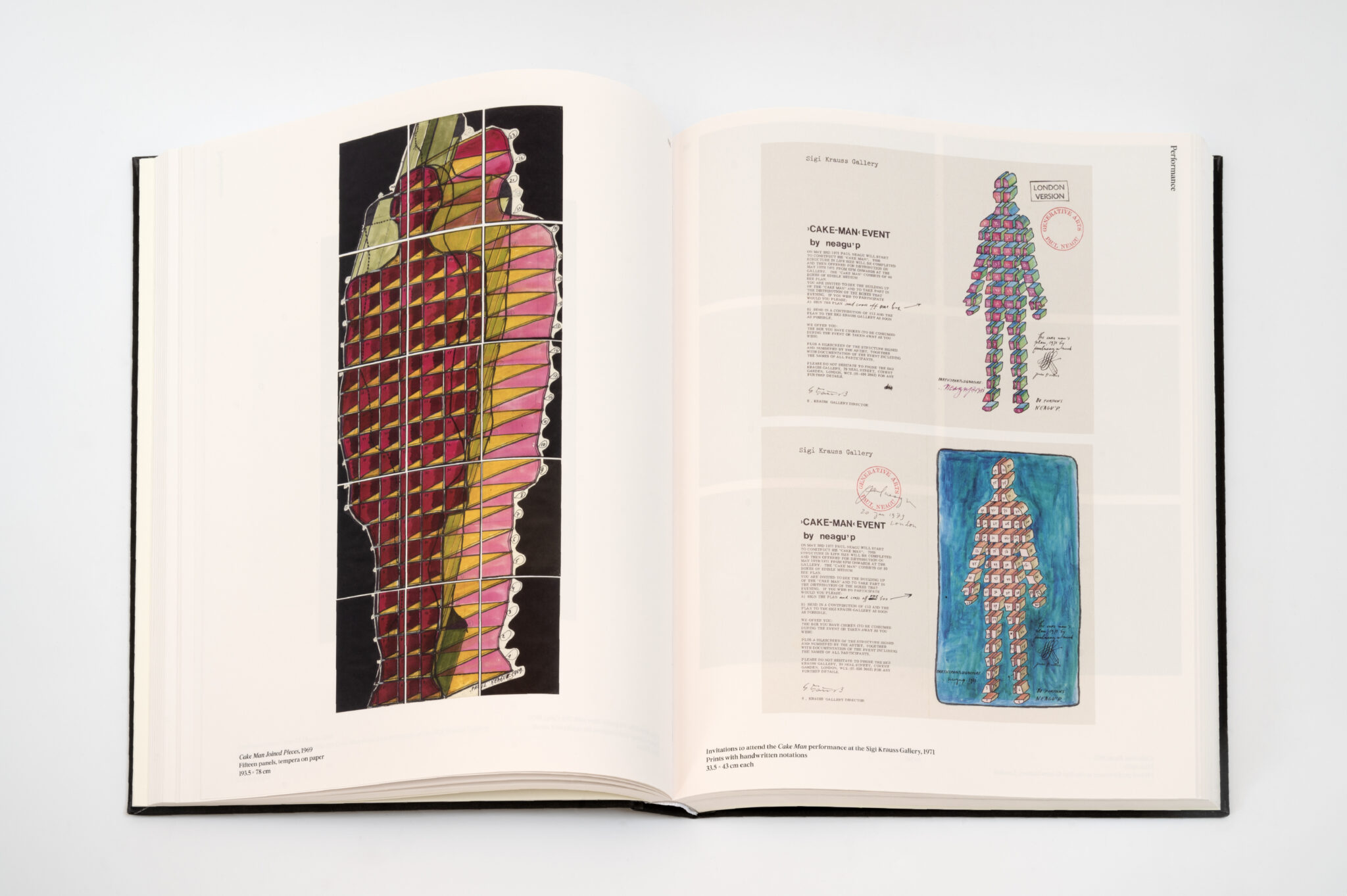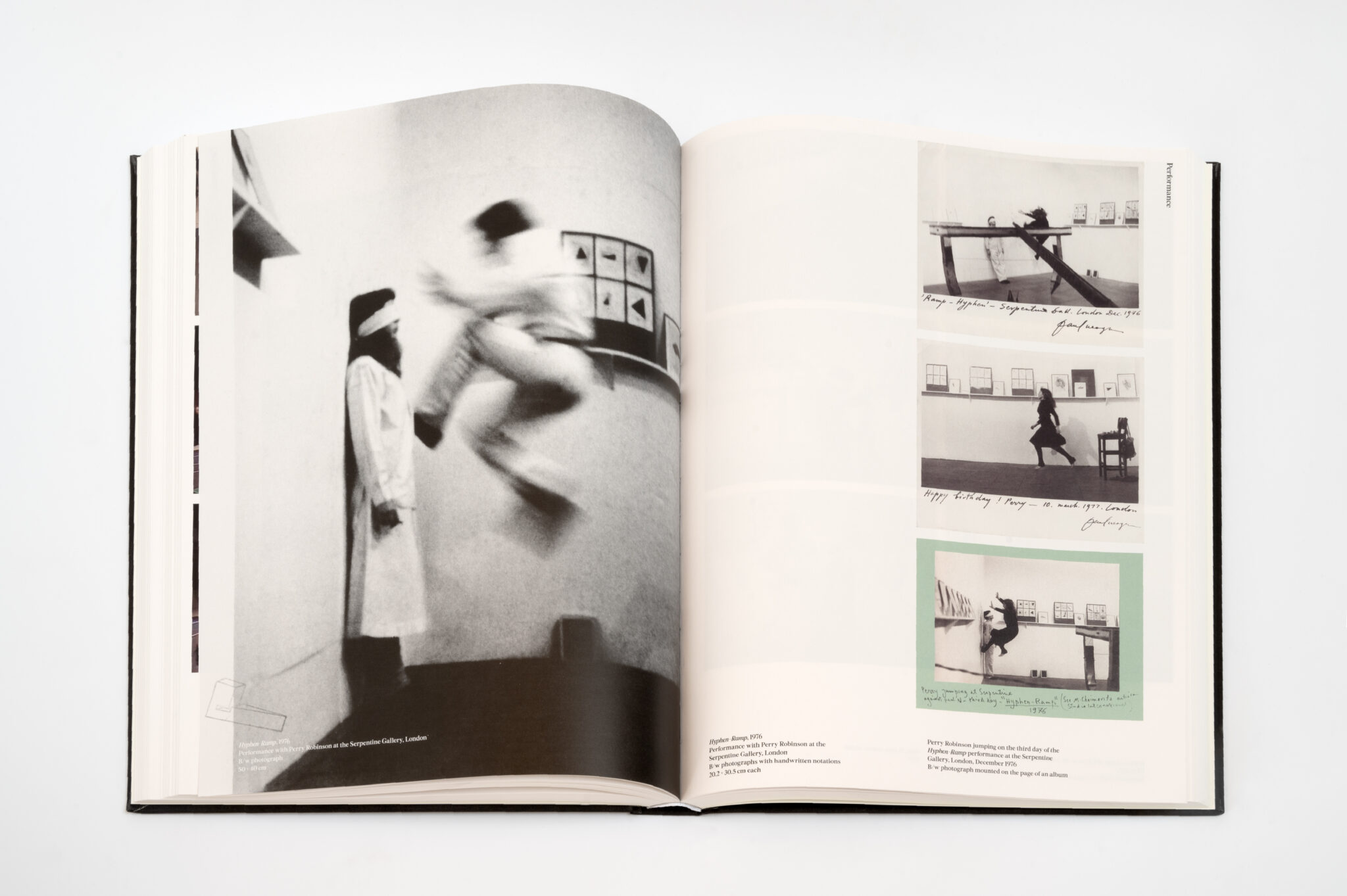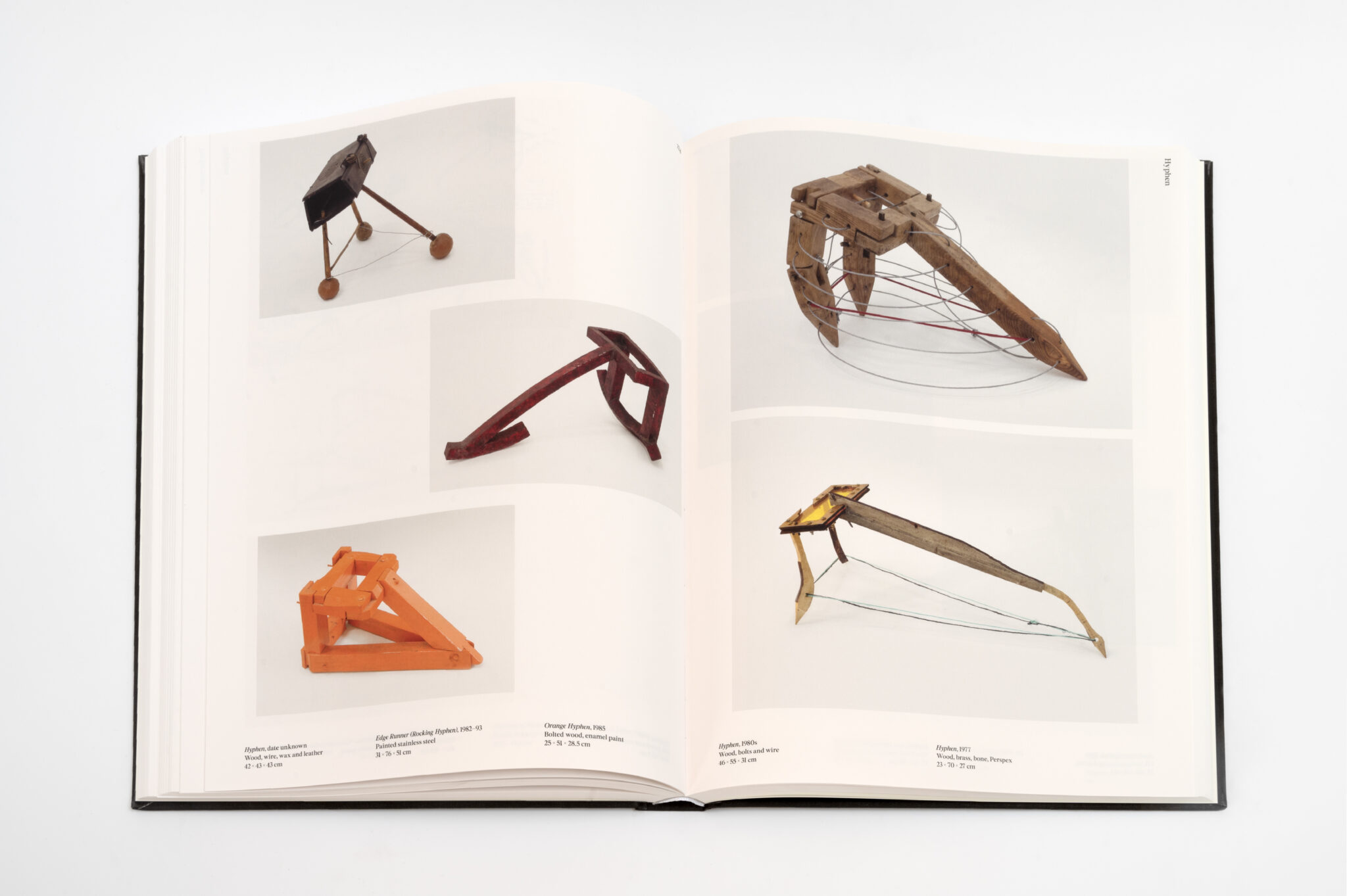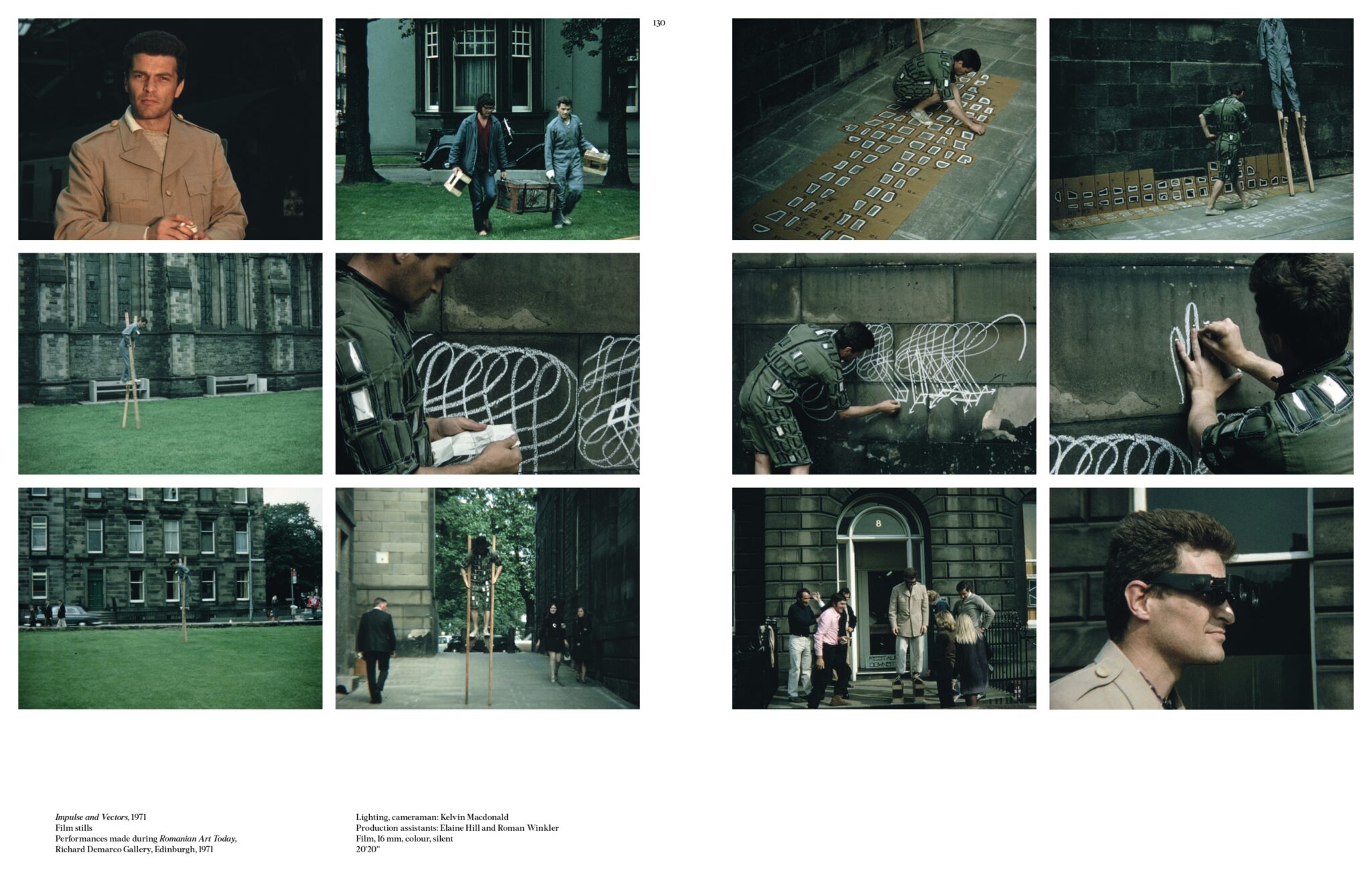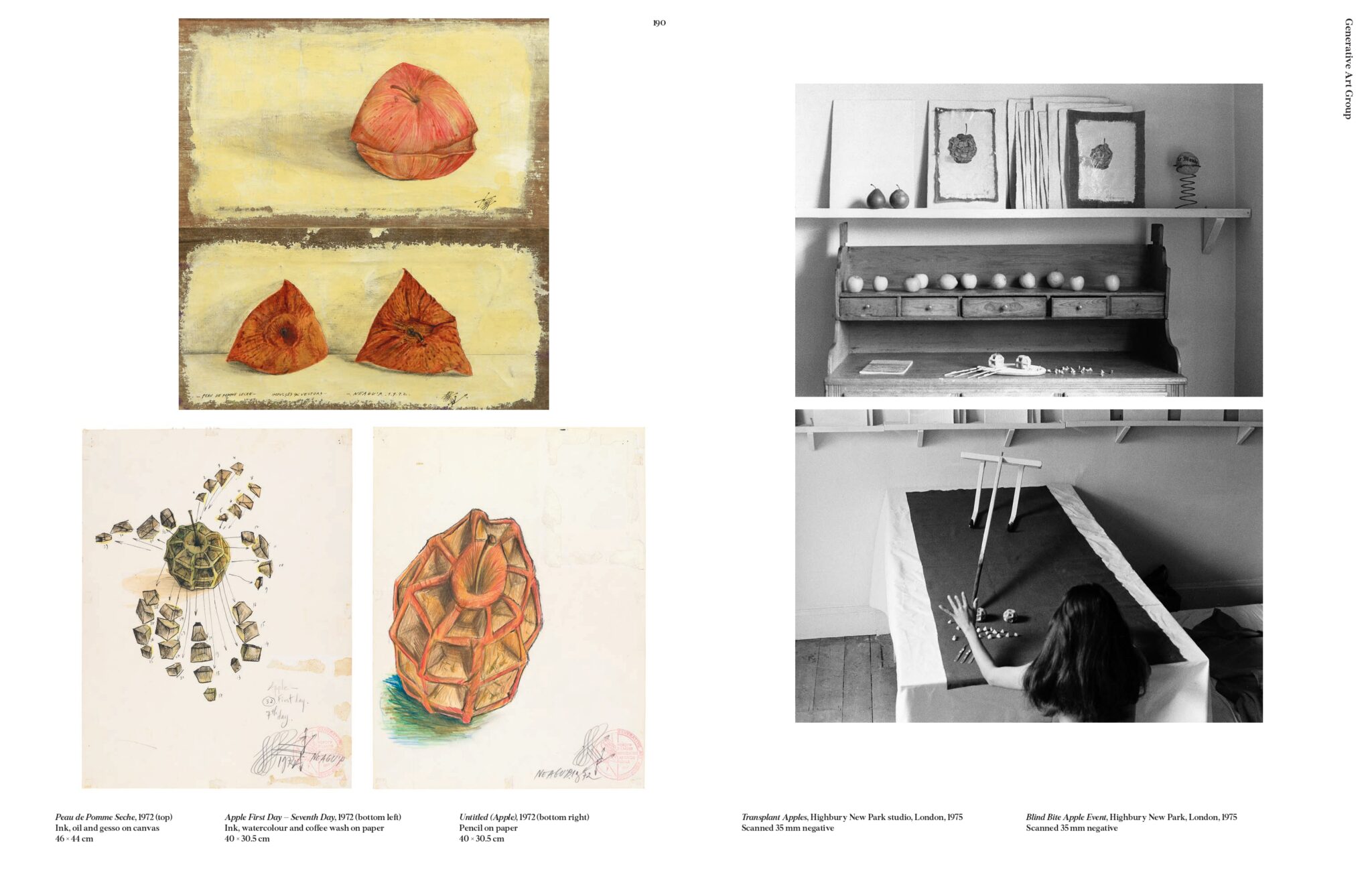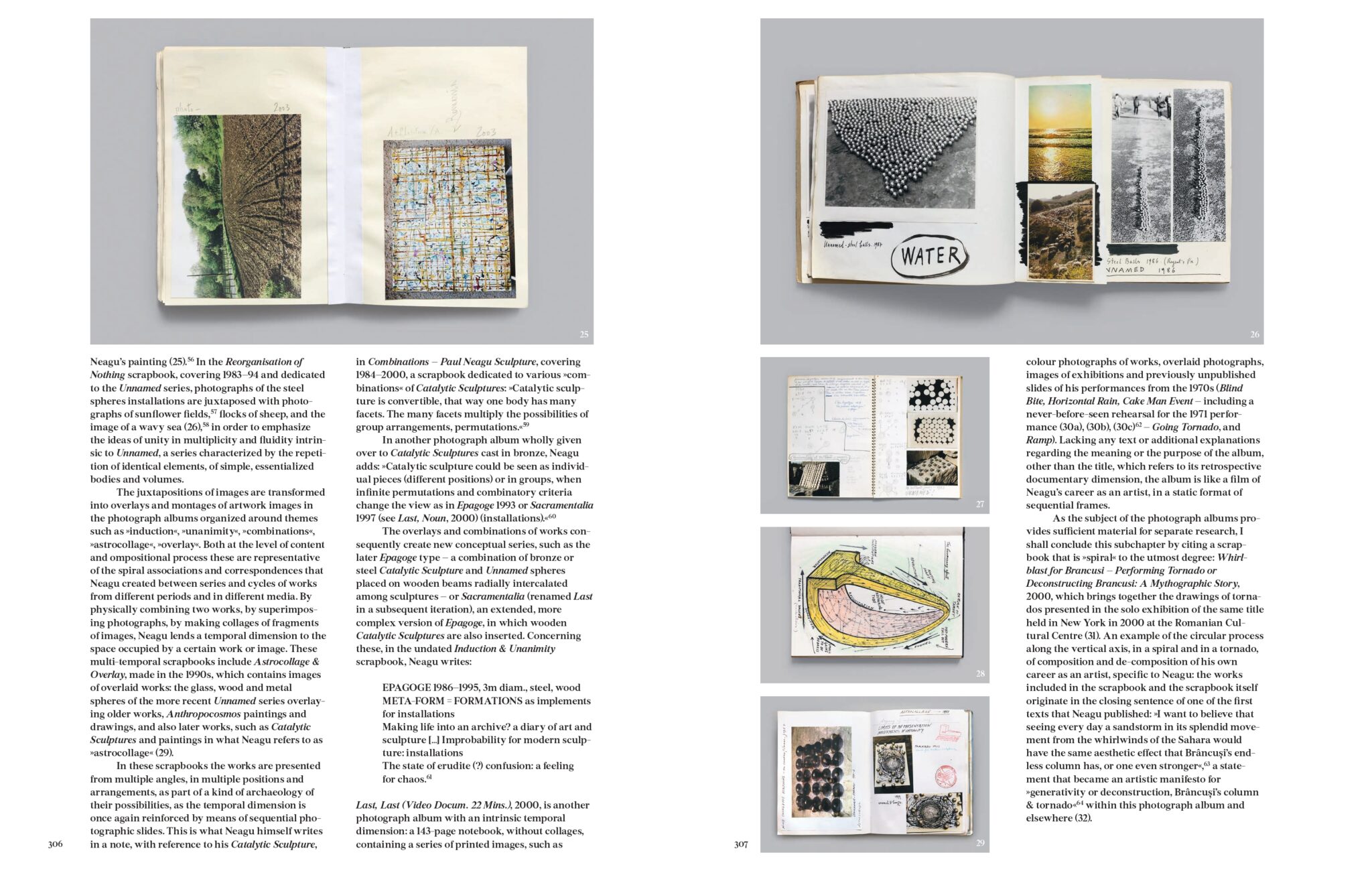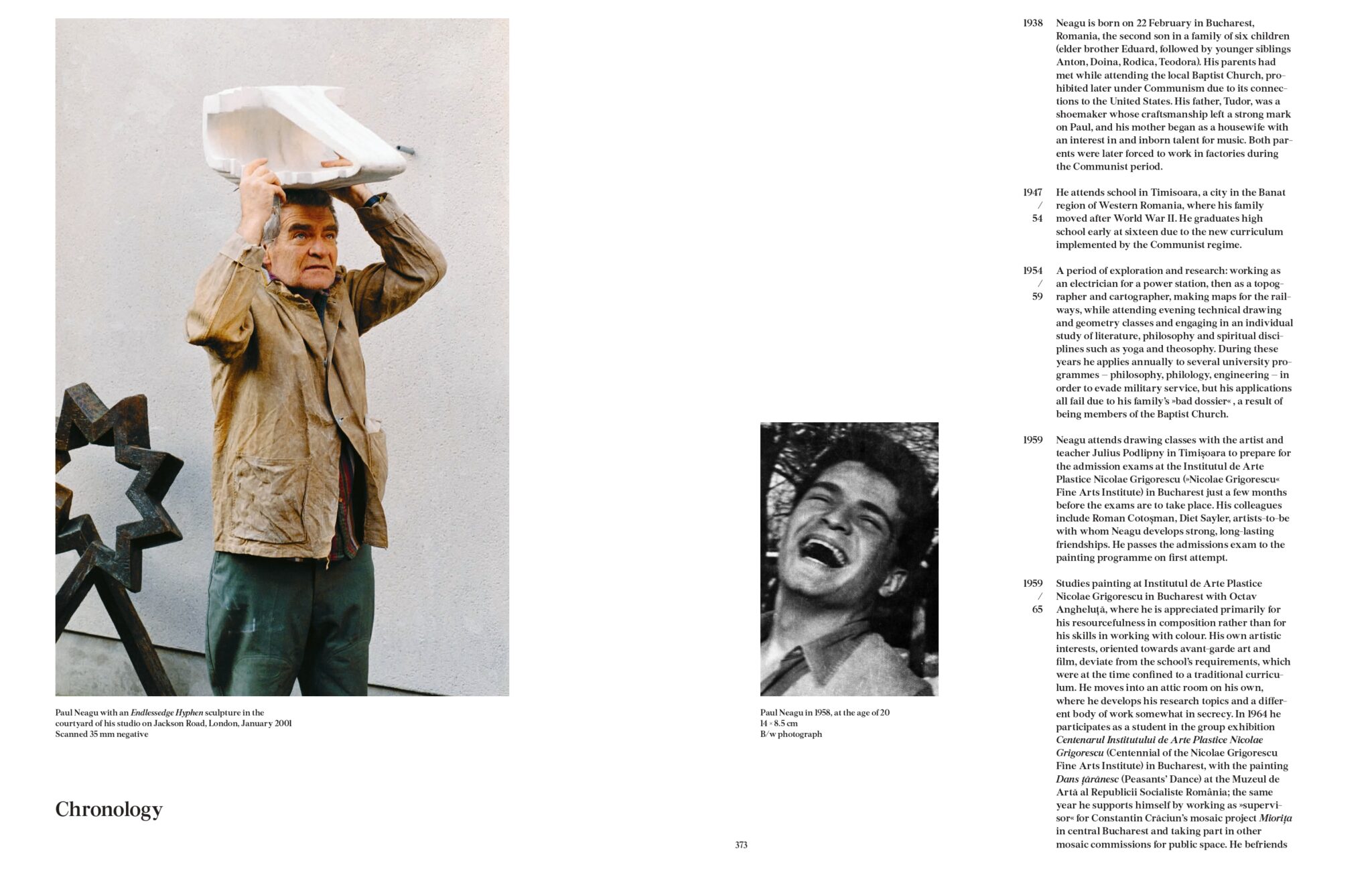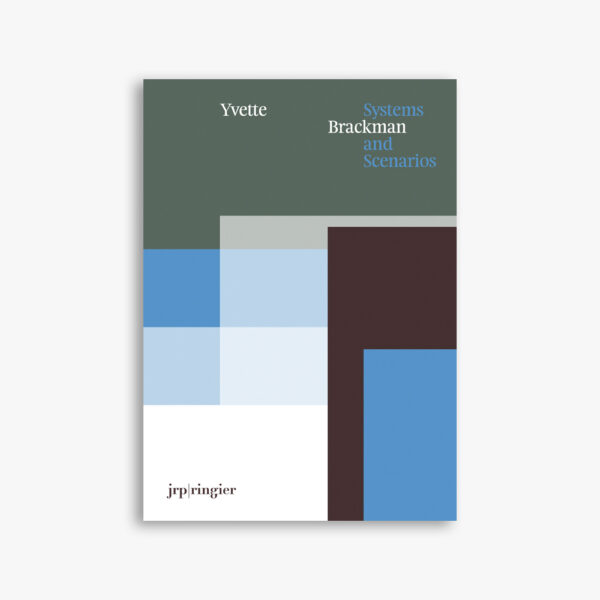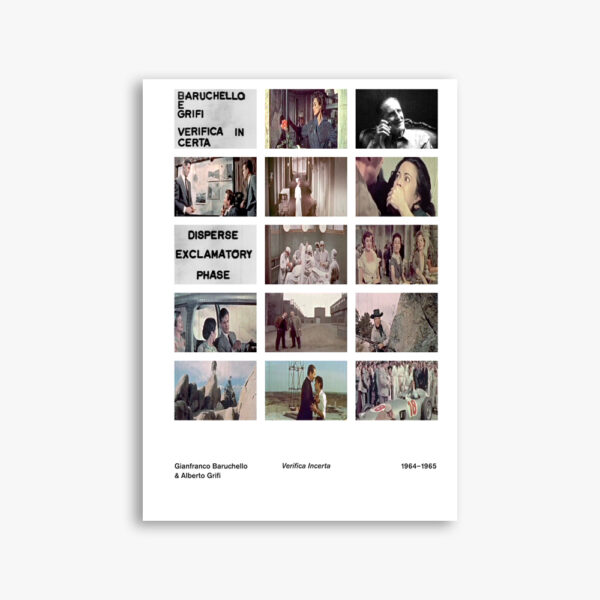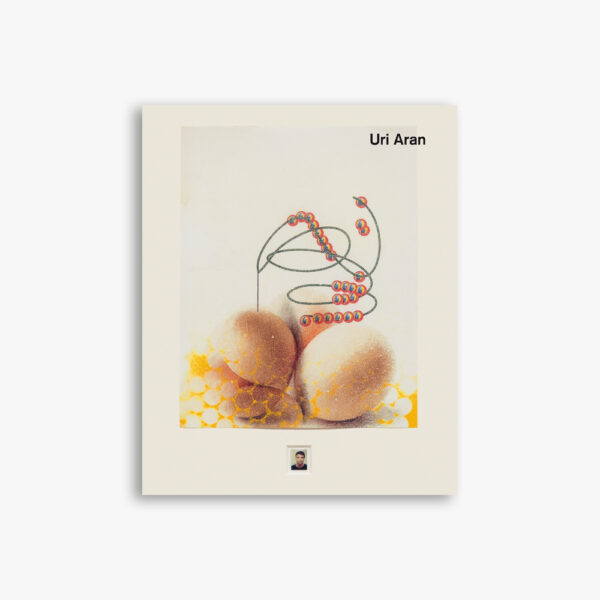| ISBN : | 978-3-03764-583-3 |
|---|---|
| Publication : | March 2023 |
This is the first comprehensive monograph dedicated to the Romanian-born artist Paul Neagu (1938–2004), who lived in London from 1971 to his death. It explores his manifold artistic practice which includes performance, sculpture, exhibition display, drawing, painting, video, photography, and poetry, within an original, holistic, metaphysical view on art. His aim was to develop a visual idiom that would be understood across cultures, but the demands and investigations of which are complex. This volume reevaluates his importance in London’s cosmopolitan artistic scene since the early 1970s and examines how his work was informed both by Western and Eastern avant-gardes. Only recently has his oeuvre, transcending artistic “disciplines,” navigating between cultural contexts, juggling along the way an impressive number of intellectual and artistic references, become an important source of inspiration for young artists, curators, and intellectuals.
Neagu’s philosophical approach to his work led him to push the boundaries of abstraction that he first discovered clandestinely in Communist Romania. Having used his own body as a medium in his performance of “ritual” events, he often referred to embodied experience. He promoted physical engagement with his work: his palpable objects and tactile boxes deliberately invited touch (Palpable Art Manifesto, 1969). Tactility indeed underlines one of Neagu’s enduring aims: to refute what he perceived as the primacy of visuality within art. His ritualized performances thus often left a trail of sculptural objects and created immersive, sensory experiences.
Always informed by his experience of conflict, and a desire to express the paramount importance of the spirit in the modern world, his works command an intensely visceral response. In 1972 he established the Generative Art Group, encompassing five fictitious members, with each alias representing a different part of his creative psyche. Neagu’s assertion that sculpture could be used as a symbolic language led him to explore his vision (the “hyphen” concept) across media, scale, and spiritual boundaries throughout his career.
Neagu spent his early years living under Stalinist military occupation in Bucharest. He studied at the Bucharest Institute of Fine Arts before moving to London in 1971 and had his first museum show at the Museum of Modern Art, Oxford, in 1975. Neagu was a well-respected teacher, most notably lecturing at the Slade and the Chelsea School of Art, and in 1976 became Associate Professor at the Royal College of Art. Antony Gormley and Anish Kapoor count among his students.
Gathering newly commissioned essays by art historians and curators Ivana Bago, David Crowley, Tom Holert, André Lepecki, Friedemann Malsch, Anca Oroveanu, Ileana Pintilie, Magda Radu, Yehuda Emmanuel Safran, Kristine Stiles, and Diana Ursan, the book testifies the numerous ways to approach Neagu’s art and thinking and capture the rich fabric of his life. A detailed appendix comprising a glossary, an anthology of theoretical texts and manifestos, and a chronology and analysis of the artist’s notebooks completes this valuable tome.
Published with The Paul Neagu Estate (UK) on the occasion of the artist’s touring retrospective in 2021–2023 in Vaduz, Graz, and Timisoara.



